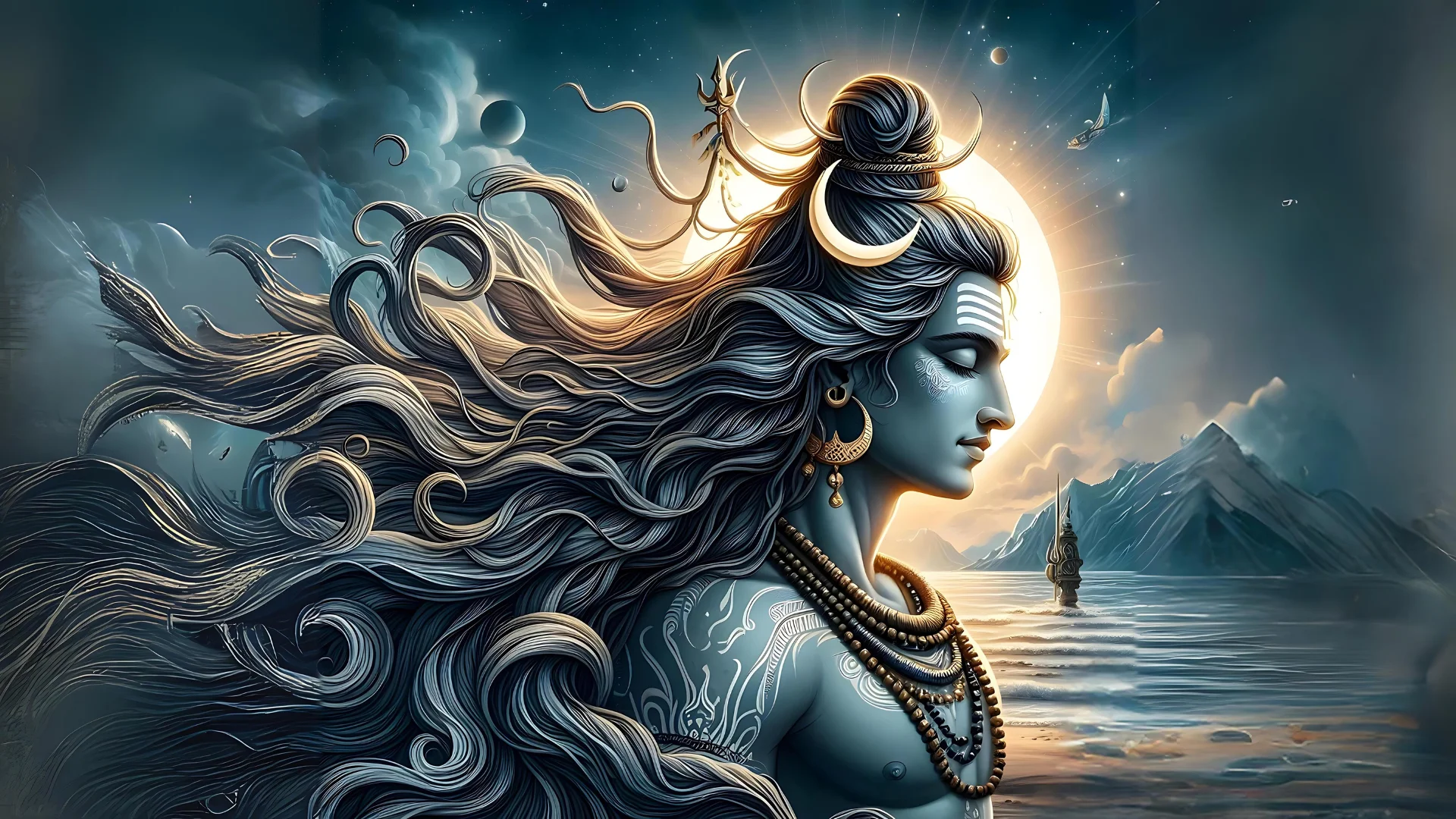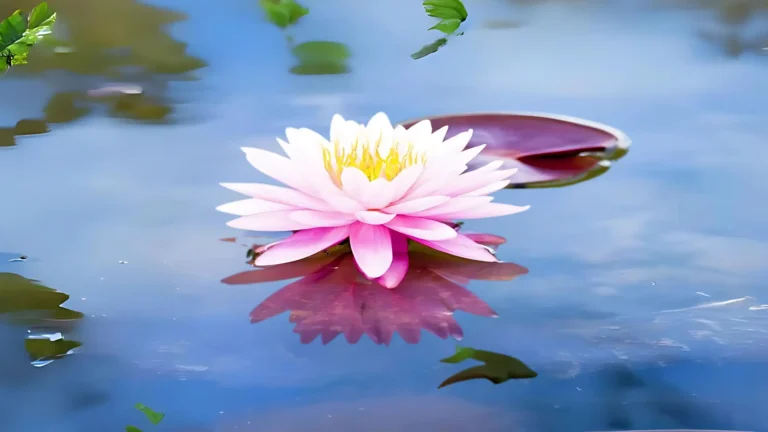Please Like the Blog and Share it for Maximum Reach
Table of Contents
How did the Shiva Stotram get its name?
At the request of one of my devoted subscribers, I am making this writing video post. The Shadakshara Stotram is dedicated to Lord Shiva, one of the primary deities of Sanatana Dharma. There is a mantra with the same name called the Shadakshari mantra that is very popular.
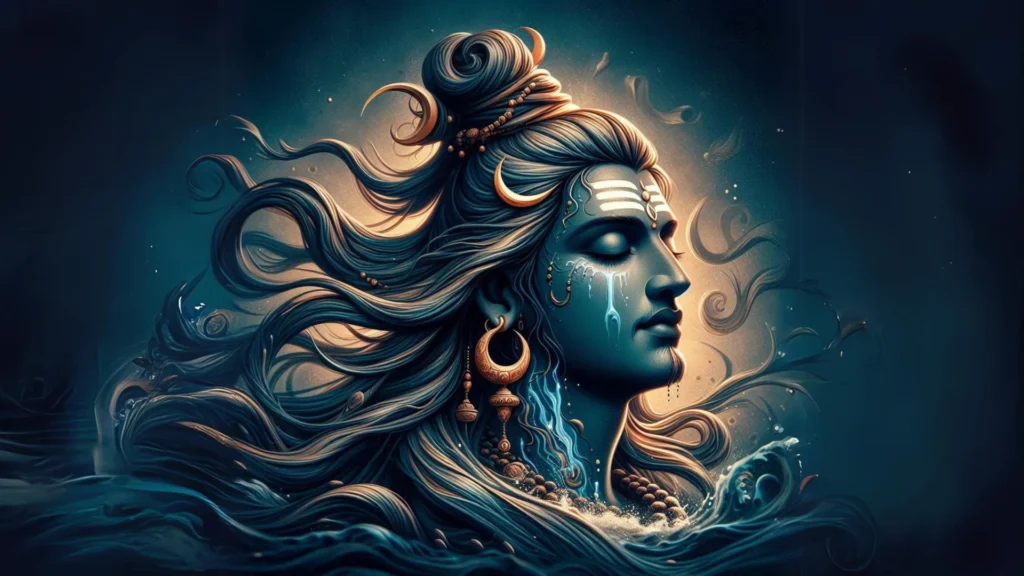
The difference between the two is that the Shadakshara stotram describes each syllable through a verse. Interestingly, the stotram sequentially starts and ends with the six syllables Om, Na, Ma, Shi, Va, and Ya.
You need initiation to chant the Shadakshara stotram because it is a tantric text from the Rudra Yamala belonging to the Bhairava Agama. The stotram begins with the line ॐकारं बिंदु संयुक्तं.
Note that it starts with the auspicious cosmic sound Om. In ancient India, they uttered the syllable Om as a greeting. All auspicious and fruitful works begin with this glorious syllable. If you are interested, you can watch our video on Om Mantra as per the Mandukya Upanishad.
Benefits of Shadakshara Stotram
Now I shall state the benefits of chanting the Shadakshara Stotram.
According to the Phalashruti, the reciter of the Shadakshara Stotram attains the divine abode of Lord Shiva and lives peacefully with Him for eternity. Such is the power of the stotram.
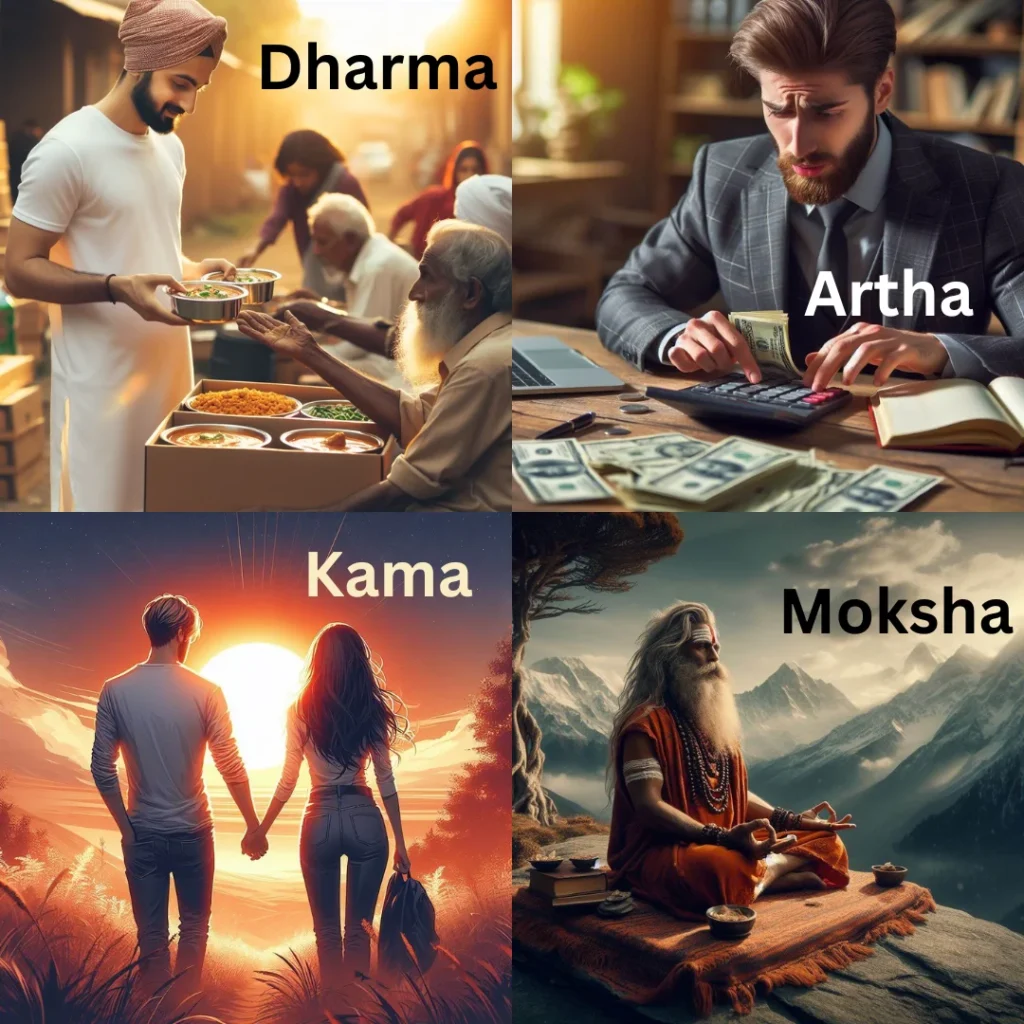
As per verse 1, Lord Shiva fulfills desires and also grants Moksha. He is all capable. Here there are two contradictions. How can desires and Moksha go hand in hand?
Moksha and Relief from Agami and Sanchita Karma
It simply means that chanting the stotram fulfills two aims of life out of the four which are Kama and Moksha. However, Kama and Moksha cannot coexist. Only when Kama extinguishes will the road to Moksha open, otherwise never.
The second verse represents the ‘Na’ syllable. It focuses on bowing down or paying obeisances to the Lord.
Chanting this verse introduces humility, compassion, and forgiveness in one’s personality. These qualities shall reflect in your worldly dealings. You become more lovable and liked by your social circle.
The third verse represents the ‘Ma’ syllable. According to this verse- Lord Shiva is the ultimate aim of life and the destroyer of sins. This shloka is ideal for Moksha and getting rid of the timeless cycle of birth and death. Repeated recitation of the stotram burns Sanchita and Agami Karma leading to inner purification.

Watch the video on our channel to learn about the three types of Karma. The fourth verse represents the ‘Shi’ syllable. It describes the endless qualities of Lord Shiva, such as auspiciousness, peace, and immortality. Chanting this verse increases longevity and peace of mind.
Your inward journey begins, and you get deep realizations about life leading to spiritual maturity. The fifth verse represents the ‘Va’ syllable. It describes the beauty of the Lord.
Manas Puja and the Concept of Samasthi Guru
This verse is ideal for Manas Puja or divine contemplation. By hearing this description, you can clearly visualize the form of the Lord; the bull as His vehicle, the snake Vasuki as His ornament, and mother Shakti on His left side.
Watch our video on Shiva Manas Puja for detailed meditation on Lord Shiva. The sixth verse represents the”Ya” syllable. It praises Lord Shiva as the guru Tattva, the guide of the Devas. Lord Shiva is the Samasthi guru or the inner voice, also called the Chaitya Guru. The true inner voice is not the mind.
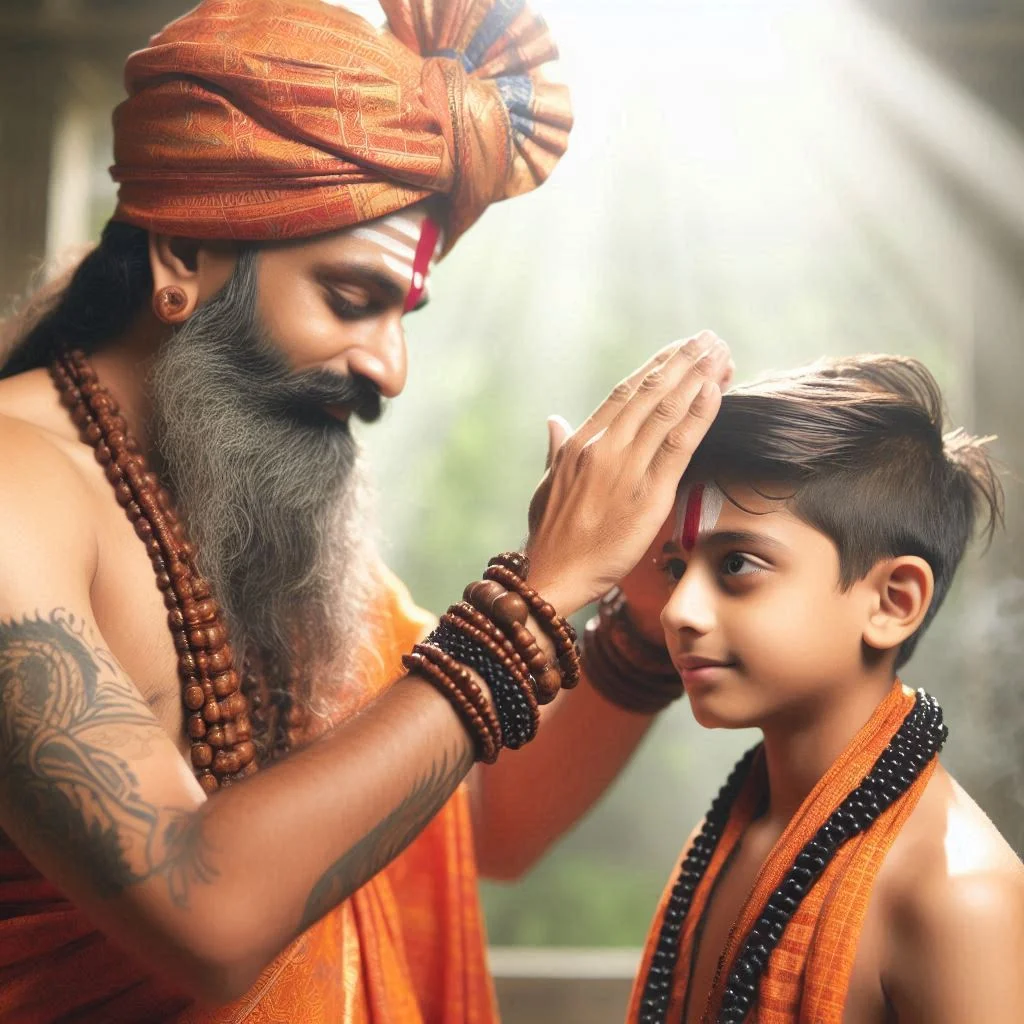
Many practitioners come and tell me about the inner voice. We cannot confuse the Inner voice with the instructions given to you by the ugly mind. Most people cannot distinguish the two. Unless one has surrendered to a Guru and follows strict spiritual practices, one cannot hear the voice of the soul.
The voice of the soul becomes loud and clear only when we walk on the path of Satya or Truth, not otherwise. Most other times it is just the voice of the devious mind, trying to make you feel you are special and have grasped spirituality.
So Beware.
7/8 Questions from Sanatana Dharma
The scores generated in this Quiz may or may not be absolute. There may be right or wrong answers to each Question. A percentage towards 100 indicates that you are more aligned to the overall subject matter.
Truthfulness and relief from Negativity
Reciting this verse increases willpower and truthfulness. Out of the many benefits, the Shadakshara stotram removes negative thoughts and dispels doubts. Lord Shiva protects the chanter from unseen evil forces.

The stotram is all capable.
One should chant this Stotram for purification and protection. Chanting the Shadakshari stotram can activate the amygdala, the part of the brain that controls fear, anxiety, and stress response. Thus, it also has a soothing effect on the nervous system.
Regular recitation of the stotram boosts your confidence levels and public speaking abilities. You just need to ask the lord, and the lord fulfills your desire. Recitation of the Stotram pleases Lord Shiva.
Process of Chanting the Stotram
Now I shall share the chanting process of the stotram. Before that, you need to follow some rules to be eligible. Take a Sankalpa of reciting this stotram for 11 days, 21 days, or 41 days. During this span, do not consume non-vegetarian, onion, or garlic, and abstain from all forms of violence. It is also important to stop drinking alcohol and smoking cigarettes.

One should avoid all forms of intoxication if you truly want to experience the benefits of chanting the Stotram. Maintain Brahmacharya or celibacy for 11, 21, or 41 days as long as your Sadhana Sankalpa lasts, but give up non-veg, onion, and garlic completely.
Keep a photo of Lord Shiva in front of you. Meditate on the form of Lord Shiva for five minutes sitting in Padmasana or Ardha Padmasana pose. Then you can start the recitation.
Recitation of the stotram, with the rules, surely brings overall well-being and inner fulfillment.
Please Like the Blog and Share it for Maximum Reach

